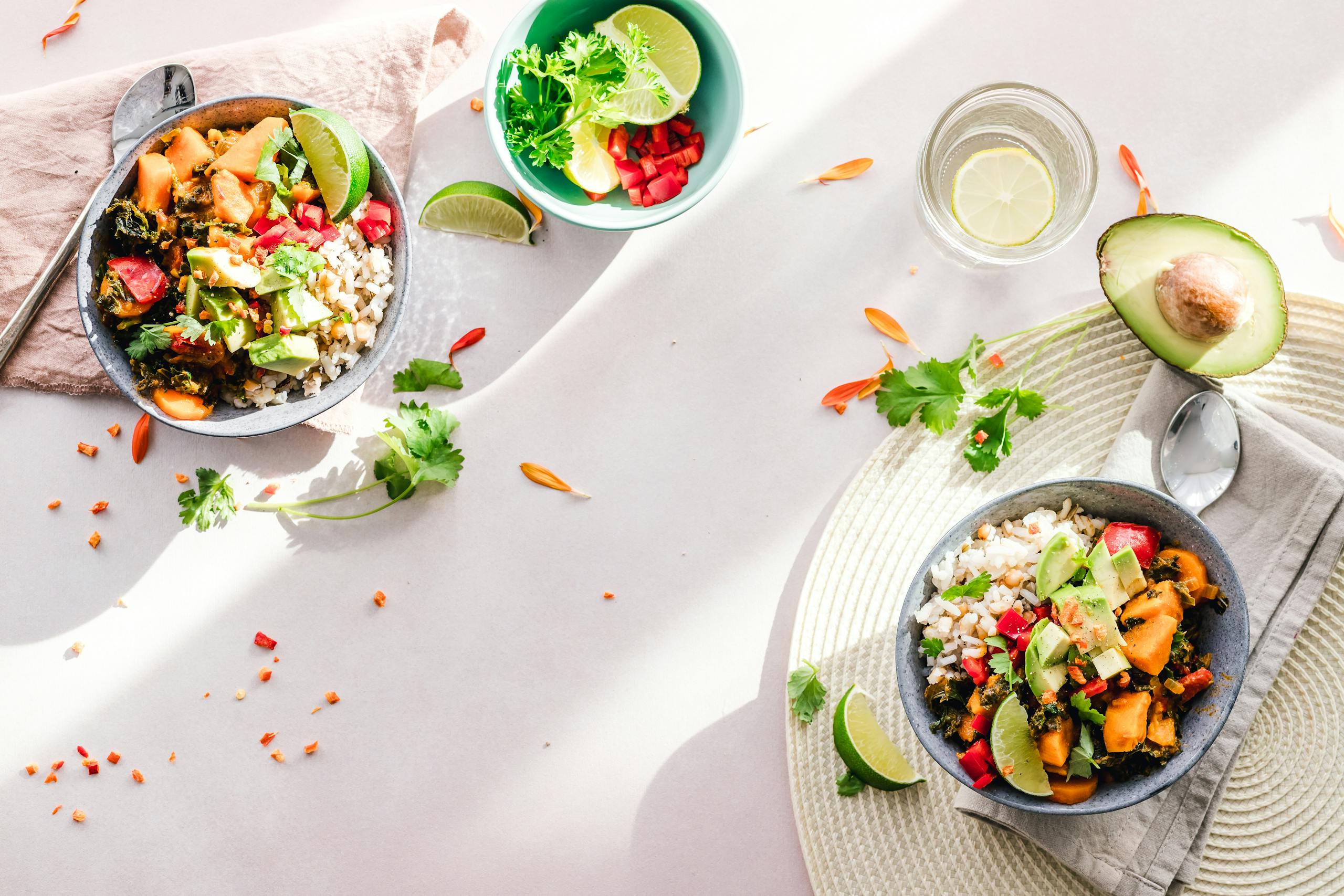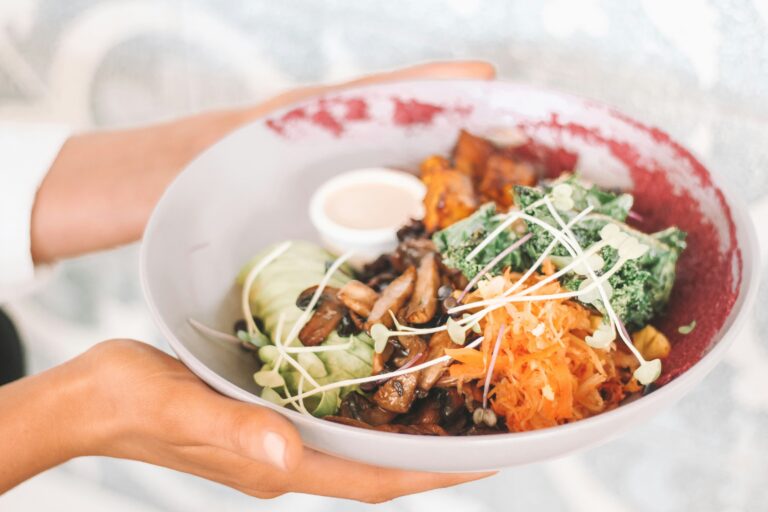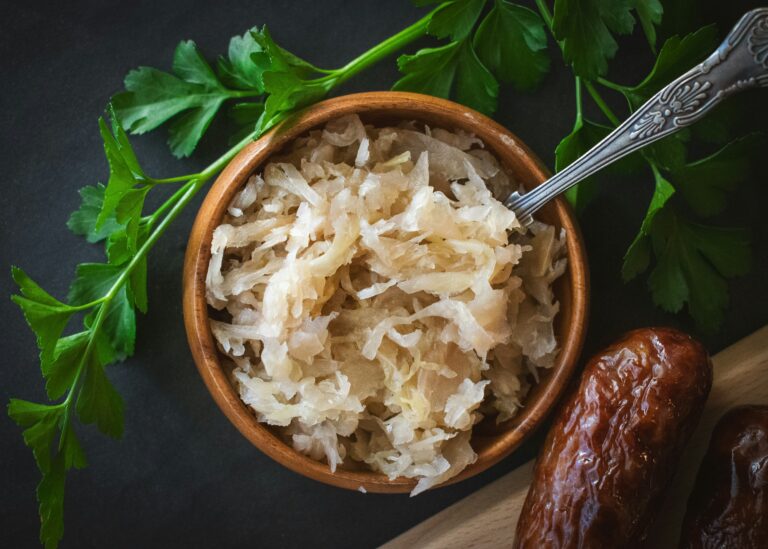Ayurvedic Eating: How to Align Your Diet with Your Dosha
In today’s world of fast food, diet trends, and endless nutrition advice, it’s easy to feel overwhelmed by what to eat. But what if there was a way to eat that was personalized just for you? A way to tune into your body’s unique needs and find balance through food?
Enter Ayurvedic eating—a practice rooted in the ancient wisdom of Ayurveda, a holistic health system from India that considers the mind, body, and spirit as interconnected.
In Ayurveda, each person is believed to have a unique constitution, or dosha, that influences not only your physical traits but also your mental and emotional tendencies. Understanding your dosha can help you align your diet and lifestyle with your body’s natural rhythms, helping you feel more energized, balanced, and healthy.
So, let’s take a closer look at Ayurvedic eating, how it works, and how you can use it to nurture your body with the foods that best suit you.
What Are the Doshas?
In Ayurveda, there are three primary doshas—Vata, Pitta, and Kapha—that represent different combinations of the five elements (earth, water, fire, air, and ether). Each dosha has its own unique qualities and characteristics that influence your body and mind. Here’s a quick breakdown:
1. Vata (Air + Ether)
- Qualities: Light, dry, cool, and mobile.
- Characteristics: If you have a Vata-dominant dosha, you may have a thin frame, dry skin, and a quick mind. You’re creative, energetic, and tend to be on the go, but may also experience anxiety, dryness, or irregular digestion.
2. Pitta (Fire + Water)
- Qualities: Hot, sharp, oily, and intense.
- Characteristics: Pitta-dominant individuals often have a medium build, warm body temperature, and a strong appetite. You’re assertive, passionate, and focused but may also experience irritation, digestive issues, or inflammation.
3. Kapha (Earth + Water)
- Qualities: Heavy, slow, cool, and stable.
- Characteristics: If Kapha is your dominant dosha, you likely have a sturdy build, smooth skin, and steady energy. You’re calm, nurturing, and reliable but may struggle with weight gain, lethargy, or sluggish digestion.
How Ayurveda Can Guide Your Eating Habits
Once you know your dosha, you can tailor your eating habits to maintain balance in both your body and mind. Ayurveda teaches that we should eat foods that help balance our natural constitution, not exacerbate it. Let’s break down the types of foods that best align with each dosha.
Vata-Dominant: Foods to Ground and Warm
Vata types tend to be light, airy, and easily affected by changes in their environment. When Vata is out of balance, you might feel ungrounded, anxious, or experience digestive issues like bloating or constipation.
What to Eat:
- Warm, grounding foods: Think stews, soups, and cooked grains like oats, quinoa, and rice.
- Healthy fats: Avocados, nuts, seeds, ghee, and olive oil can help provide stability and moisture.
- Root vegetables: Sweet potatoes, carrots, and beets help to ground Vata’s lightness.
- Spices: Warming spices like ginger, cinnamon, and cumin are excellent for digestion and adding warmth to your meals.
What to Avoid:
- Cold, raw foods (such as salads and smoothies) as they can increase the coldness in Vata.
- Excessive caffeine and processed, dry foods that might cause dehydration or imbalance.
Pitta-Dominant: Foods to Cool and Soothe
Pitta types are fiery by nature, with strong digestion, high energy, and a sharp intellect. However, too much heat—whether from spicy foods, hot weather, or emotional stress—can lead to irritation, inflammation, or digestive upset.
What to Eat:
- Cool, refreshing foods: Try chilled salads, cucumber, melons, and coconut water.
- Dairy: Milk, yogurt, and ghee can help cool Pitta’s intense heat.
- Sweet, bitter, and astringent flavors: Leafy greens, grains, and vegetables like broccoli or kale.
- Cooling herbs and spices: Mint, coriander, and fennel calm the digestive system and provide relief from excess heat.
What to Avoid:
- Spicy and acidic foods (like tomatoes, peppers, and citrus) that can increase Pitta’s fiery nature.
- Fried or oily foods, as they might worsen inflammation or irritability.
Kapha-Dominant: Foods to Stimulate and Lighten
Kapha types are naturally stable, strong, and calm, but too much Kapha can lead to feelings of heaviness, sluggish digestion, and weight gain. The goal for Kapha is to invigorate and energize the body with light, stimulating foods.
What to Eat:
- Light, spicy foods: Enjoy dishes with plenty of ginger, garlic, mustard, and chili to stimulate digestion and boost metabolism.
- Leafy greens and vegetables: Kale, spinach, and cruciferous vegetables help balance Kapha’s tendency to accumulate heaviness.
- Beans and legumes: Lentils, chickpeas, and kidney beans provide protein without weighing you down.
- Whole grains: Brown rice, barley, and millet are nourishing yet light for Kapha.
What to Avoid:
- Heavy, oily foods (like fried foods and creamy sauces), which can make Kapha feel even more sluggish.
- Sweet foods like sugar and sweets, which can increase Kapha’s tendency to gain weight.
General Ayurvedic Eating Tips for Balance
Even if you’re not sure of your exact dosha, there are some universal principles of Ayurvedic eating that can benefit everyone:
1. Eat with the Seasons
Ayurveda teaches that we should eat according to the seasons to maintain balance. In the winter, for example, warming, grounding foods like soups and stews are great, while in summer, cooling foods like salads and smoothies are ideal.
2. Practice Mindful Eating
Eating slowly and mindfully is a key principle of Ayurveda. Take time to savor each bite, chew your food thoroughly, and focus on the nourishment you’re providing your body.
3. Avoid Overeating
Ayurveda suggests that we eat until we’re about 75% full, leaving room for digestion. Overeating can lead to sluggishness and imbalance in the body.
4. Stay Hydrated
Drink warm or room-temperature water throughout the day. Avoid cold drinks that can dampen the digestive fire (Agni) and hinder digestion.
Final Thoughts
Ayurvedic eating is all about tuning in to your body’s unique needs, creating balance, and aligning with nature’s rhythms. By eating according to your dosha, you’ll not only feel more energized but also develop a deeper connection to your body and what it craves.
Whether you’re a Vata seeking grounding warmth, a Pitta in need of cooling relief, or a Kapha looking for lightness and stimulation, Ayurveda offers a personalized approach to wellness that supports your overall health and vitality.
Take the time to discover your dosha, and start building a diet that nourishes both your body and soul. Have fun with it, and enjoy the journey to balance and well-being!
What dosha are you? Let us know in the comments, and share how you’ve adjusted your eating habits to align with your body’s needs! 🌿✨






